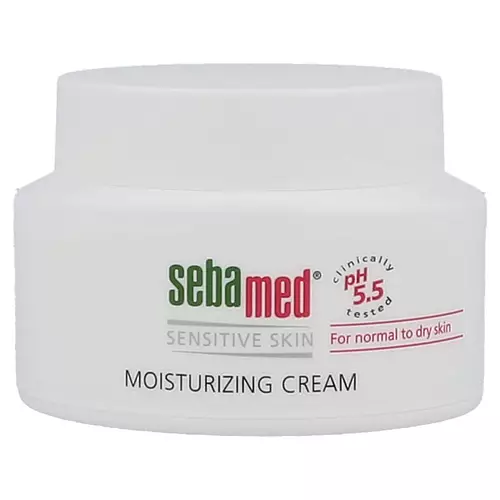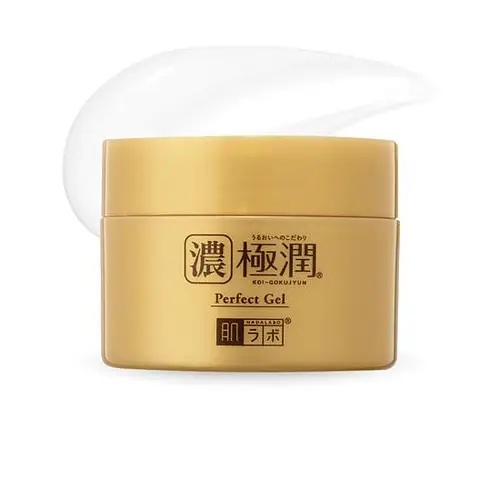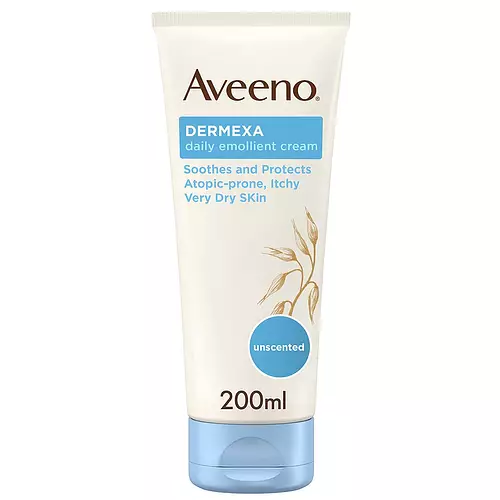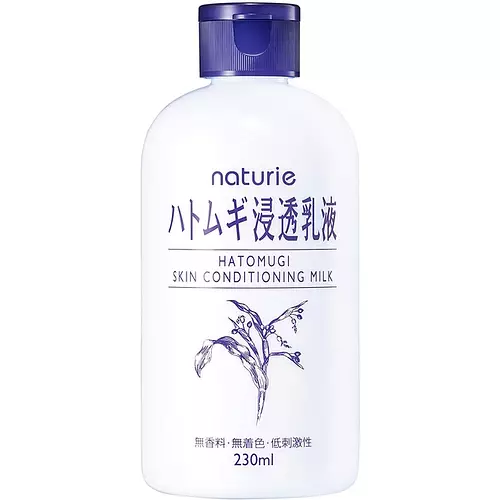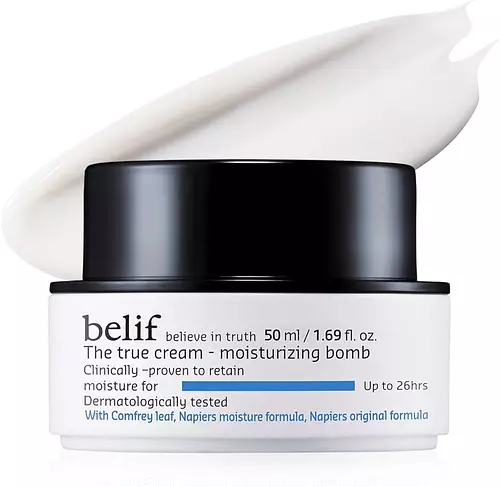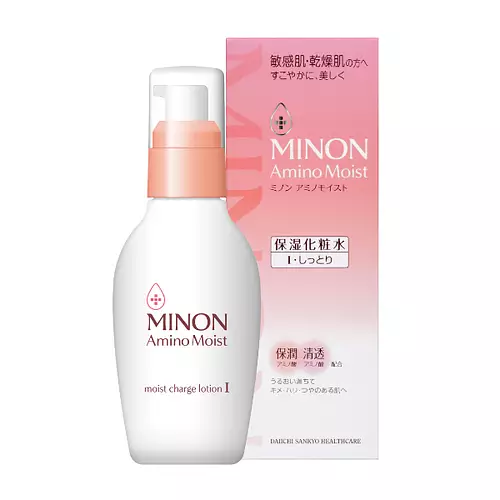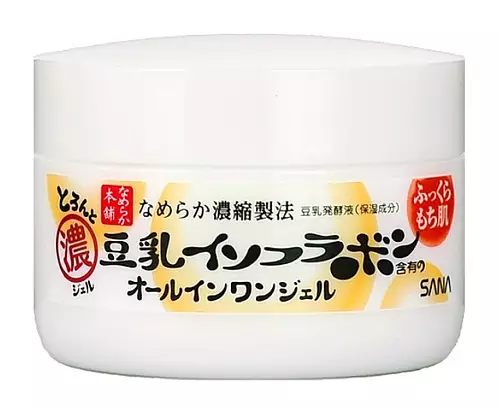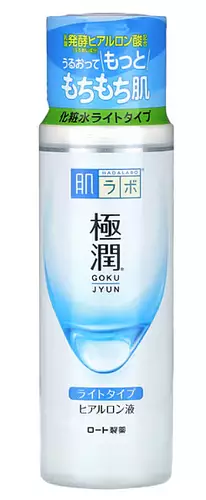SebaMed Moisturizing Cream Versus Hada Labo Koi-Gokujyun Perfect Gel
Updated on August 12, 2024
Overview
What they are
These products are both general moisturizers. They have a total of 3 ingredients in common
Suited For
They're both likely to be good for dry skin and brightening skin
Free From
They both do not contain any oils or sulfates
What's Inside
They both contain fragrances
We independently verify ingredients, and our claims are backed by peer-reviewed research. Spot a product that needs an update? Let us know.
Ingredient Info
SebaMed Moisturizing Cream 13 ingredients
Hada Labo Koi-Gokujyun Perfect Gel 27 ingredients
At a glance
Click on any of the items below to learn more
SebaMed Moisturizing Cream 13 ingredients
Hada Labo Koi-Gokujyun Perfect Gel 27 ingredients
Notable Ingredients
This product contains 1 ingredient that may have this attribute:
Benefits
This product contains 1 ingredient that may have this attribute:
This product contains 2 ingredients that may have this attribute:
Concerns
This product contains 1 ingredient that may have this attribute:
This product contains 1 ingredient that may have this attribute:
This product contains 2 ingredients that may have this attribute:
This product contains 2 ingredients that may have this attribute:
Benefits
This product contains 3 ingredients that may have this attribute:
This product contains 1 ingredient that may have this attribute:
This product contains 1 ingredient that may have this attribute:
This product contains 1 ingredient that may have this attribute:
This product contains 1 ingredient that may have this attribute:
Concerns
This product contains 1 ingredient that may have this attribute:
Ingredients Side-by-side
Ingredients Explained
These ingredients are found in both products.
Ingredients higher up in an ingredient list are typically present in a larger amount.
Water. It's the most common cosmetic ingredient of all. You'll usually see it at the top of ingredient lists, meaning that it makes up the largest part of the product.
So why is it so popular? Water most often acts as a solvent - this means that it helps dissolve other ingredients into the formulation.
You'll also recognize water as that liquid we all need to stay alive. If you see this, drink a glass of water. Stay hydrated!
Learn more about WaterGlycerin is already naturally found in your skin. It helps moisturize and protect your skin.
A study from 2016 found glycerin to be more effective as a humectant than AHAs and hyaluronic acid.
As a humectant, it helps the skin stay hydrated by pulling moisture to your skin. The low molecular weight of glycerin allows it to pull moisture into the deeper layers of your skin.
Hydrated skin improves your skin barrier; Your skin barrier helps protect against irritants and bacteria.
Glycerin has also been found to have antimicrobial and antiviral properties. Due to these properties, glycerin is often used in wound and burn treatments.
In cosmetics, glycerin is usually derived from plants such as soybean or palm. However, it can also be sourced from animals, such as tallow or animal fat.
This ingredient is organic, colorless, odorless, and non-toxic.
Glycerin is the name for this ingredient in American English. British English uses Glycerol/Glycerine.
Learn more about GlycerinPhenoxyethanol is a preservative that has germicide, antimicrobial, and aromatic properties. Studies show that phenoxyethanol can prevent microbial growth. By itself, it has a scent that is similar to that of a rose.
It's often used in formulations along with Caprylyl Glycol to preserve the shelf life of products.
Ingredient Ratings
Here's what our community thinks of the ingredients in these products.
When to use
SebaMed Moisturizing Cream 13 ingredients
Hada Labo Koi-Gokujyun Perfect Gel 27 ingredients
Reviews
Here's what our community thinks
SebaMed Moisturizing Cream 13 ingredients
KeelinBillue
Great lightweight moisturizer that's fungal acne safe. Makes my skin feel plump and dewy. If my skin is super dry (usually in the winter), I need...
Great lightweight moisturizer that's fungal acne safe. Makes my skin feel plump and dewy. If my skin is super dry (usually in the winter), I need something a little stronger than this. Otherwise it's great.
rooo
not the best for oily skin. wanted to use it as a night cream for moisture and because its balanced, as well as mostly made from natural...
not the best for oily skin. wanted to use it as a night cream for moisture and because its balanced, as well as mostly made from natural ingredients-- but i wake up greasy and oiler than ever. haven't used it long enough to see how it affects my fungal acne, but that type of grease usually doesn't make it better.
